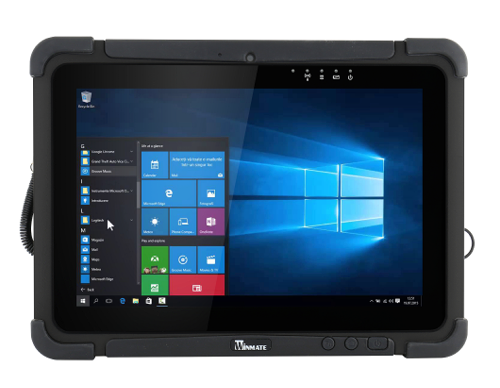
THE NUMBER 1 BANG FOR YOUR BUCK WITHIN A WMS
Steve Hunyar – Chief Solutions Office/EDGE
11/11/2021
A Warehouse Management System (WMS) can be extensive in its breadth and scope in what it manages inside and outside the four walls of your warehouse. From advanced shipping notices into Receiving, through Shipping delivery, where is the number 1 bang for you buck within a WMS? Where can you expect to gain the most value for your investment?
Quality Control and Packing (QC/Pack) are the most labor intensive processes in that they require most order pick line items be handled, counted, packaged, and labeled for shipment. Next on the hit parade of costly warehouse processes is Receiving and Shipping. These are also labor intensive when processing incoming product to your warehouse, and outgoing product to customers or manufacturing, as they require high levels or product handling and sortation. Without major investments into automation, these processes will continue to be expensive. Yes, having these processed managed using a WMS does cut their operational costs significantly versus manually using paper, nonetheless, both are complex and rank low in the cost/benefit analysis.
The largest single savings is achieved using electronic equipment during the putaway, counts, and picks processes. Real-time paperless devices such as Radio Frequency (RF), Tablets, or Voice Directed Headsets provide a full 58% in labor savings alone, over picking from paper spreadsheets.



Not only do these devices cut nearly 2/3rds in costs associated with executing orders, they also add more in savings by ensuring order accuracy and on-time delivery. Another cost reduction is in the form of avoiding downstream quality control costs, as the picked orders delivered to the pack stations are nearly 100% accurate. This allows companies to invest less in order checks before shipping product out the door or sending it to manufacturing.
Another savings comes in the form of inventory accuracy. Know what you have, how much you have, and where it is all located. This directly correlates to space savings, which has tangible costs associated with that come in many forms. Freeing-up additional space saves money.
There are additional cost savings in the form of taxes and the elimination of unnecessary inventory.
These devices all save money by reducing the number of goods returns caused by the wrong order reaching the wrong customer. Estimates are returned orders can cost a company as much as $300 per return due to restocking, repicking and shipping the correct order. Never mind the cost of losing customers, especially with the social media driven consumer market we enjoy today.
The bottom line is when compared to your investment costs, using digital equipment is the #1 driver in savings when it comes to a WMS. Be sure you invest in easy-to-use equipment and a WMS which has excellent user interfaces that make the picking operations as simple and accessible as possible.
Lastly, choose a WMS that can deploy the RF, Tablet, or Voice modules independent of the rest of the functionality. A viable option may be to start with a smaller investment and grow at a pace that matches your needs and your budget. And, it will be easier to justify/invest in the balance of the WMS once you can show you achieved the savings described above.